In the middle of the longan capital - Tan Hung commune, Hung Yen - there is a lush green longan garden of 1.5 hectares grown in a very different way.
No chemical fertilizers, no pesticides, each bunch of plump longan here is crystallized from the belief that "to have delicious fruit, first of all, you must be kind to the soil", of farmer Bui Xuan Su (born in 1975).
Just a few years ago, this lush green longan garden was desolate and bare because a "crazy" farmer forced the trees to "eat" fish manure, "drink" banana juice, and fight pests with chili and garlic.
“In the first three years, no one believed I could do it. No pesticides, no chemical fertilizers. The plants were “shocked”, they became stunted, had few fruits, bad leaves, and traders turned their backs. But I knew that if I wanted to truly switch to organic, I had to accept the recovery period of the soil, I couldn’t be hasty,” Mr. Su shared.
Starting from zero knowledge, Mr. Su learned about sustainable farming models on his own, consulted documents on organic farming , and experimented with fish composting...
The result after 5 years is an organic longan garden model that achieved 800/800 quality criteria, becoming a supplier for supermarket systems, Vietnam Airlines ... The price of organic longan is 2-3 times higher than that of conventional products, longan fruit is ordered before ripening.
More importantly, Mr. Su's model has been replicated. When his garden was stable, he started to mobilize members of the Ne Chau Longan Cooperative (with 36 households growing longan with a total area of 18 hectares) to convert. He shared his care diary, gave instructions on mixing products, and organized training right in the garden.
The dream of these farmers is not just a bountiful harvest, but a clean growing area where the plants are healthy, the soil is healthy, and both the growers and the eaters benefit.
These days, the ancient land of Pho Hien is fragrant with the scent of longan. For this place, longan is not only an agricultural product, but also a cultural symbol, a historical witness and a vivid illustration of the ability to crystallize products from alluvial soil and the hands of the Vietnamese people.
According to ancient documents, the longan variety offered to King Pho Hien was recorded by the famous scholar Le Quy Don in the book "Van dai loai ngu" with the famous description:
"The fruit is as sweet as holy water given by heaven, put in the mouth and teeth and tongue both like it."
During the Le-Nguyen period, each fruit season, the people of Hung Yen selected the most beautiful and sweet bunches of longan to pay tribute to the royal court. Longan was considered a precious product at that time, and could only be grown in certain areas. Among them, Ne Chau, Tan Hung, Hong Nam (old)… were areas known as the “dragon veins” of the precious longan variety.
For the past 400 years, the ancestral longan tree has stood tall and cast its shade over a corner of Hien Pagoda as a historical witness to the "royal fruit" - the pride of the people of Hung Yen.
However, in the development of modern agriculture, the ancient longan variety that was once a pride is facing the risk of being forgotten.
Many farmers choose to replace with new varieties that are more productive, easier to care for, and suitable for the market trend of fast - cheap - abundant.
70-year-old farmer Bui Xuan Tam decided to go against the current.
For more than 40 years of growing longan, Mr. Tam has devoted all his heart to preserving the ancient longan variety, the royal longan variety with thick flesh, sweet taste, and characteristic aroma, but is very difficult to grow, has low yield, is susceptible to pests and diseases, and is highly dependent on the weather.
"This variety is picky about soil and growers, but if you can grow it, you will remember the fruit you eat," he said.
For him, longan trees are not only a source of income, but also a memory, a heritage and a pride of the people of Pho Hien. Therefore, he does not pursue productivity, but focuses on quality. The bunches of longan pulp that he grows, although the yield is small, are purchased by traders at a price of up to more than 100,000 VND/kg, at times 10 times higher than the common longan variety.
Not conservative, Mr. Tam is willing to learn and apply technical advances in production. He proactively uses biological products and improves the soil with organic fertilizers.
He also cooperates with agricultural extension officers and research institutes to test quality, improve cultivation processes and preserve precious longan genetics.
In the context of integration, to maintain the position of the homeland's agricultural products and bring the royal fruit to the world, the government and longan growers of Hung Yen are still making efforts to transform themselves.
A series of synchronous measures on technical standardization from root to tip, orientation towards sustainable development, investment in deep processing and development of post-harvest value chains have been bearing fruit.
According to statistics from the Department of Agriculture and Environment of Hung Yen province, the whole province currently has about 5,000 hectares of longan, of which more than 4,800 hectares are being harvested, with an annual output of 40,000-50,000 tons, grown mainly along the Red River and Luoc River.
Longan is also one of the main agricultural products of the whole province. The proportion of growing areas applying intensive techniques accounts for about 80-85%, contributing to an average yield of 11-12 tons/ha, with some areas reaching 17-18 tons/ha.
However, according to Mr. Nguyen Van Trang - Deputy Director of the Department of Agriculture and Environment of Hung Yen province, before the Doi Moi period, the whole province had very little longan area planned or cared for according to systematic techniques. Longan trees existed as part of mixed gardens, were not identified by breed and had very low economic efficiency.
After Doi Moi, Vietnamese agriculture moved out of the orbit of self-sufficiency to enter the playground of commodity production. No exception, Hung Yen longan trees also changed dramatically, starting from improving varieties, innovating cultivation processes, to forming a value chain linked to the market.
1998 marked a major turning point when the Hung Yen provincial government decided to comprehensively renovate the mixed longan orchard. This was the period when the local agricultural sector embarked on the process of selecting, establishing and developing native longan varieties with outstanding productivity and quality.
Of which, two varieties PHM99-1.1 (Mien Thiet) and PHM99-1.2 (Huong Chi) were officially recognized by the Ministry of Agriculture and Rural Development (old), opening a new stage for oriented production.
“After more than two decades, Hung Yen has now selected and preserved more than 45 precious longan genetic resources, of which some specialty varieties such as Duong Phen and Cui Co have been proposed for special recognition. This is the basis for mass production and at the same time protecting regional biological heritage in the context of climate change,” Mr. Trang informed.
Propagation methods have also been fundamentally improved. Instead of planting seeds as in the traditional way, people are trained in grafting and cutting, ensuring that the seedlings are uniform in growth characteristics and fruit quality.
The process of upgrading varieties took place in parallel with a revolution in farming.
In the past, people often let plants grow naturally, fertilized with chemical fertilizers and killed pests with inorganic pesticides, but now production thinking has clearly changed.
The application of modern intensive farming techniques, from post-harvest pruning, fertilizing with organic microorganisms, to bark banding to regulate flowering with KCLO₃,... has helped control the growth cycle, increase productivity and stabilize fruit quality.
At the same time, biological products such as nano silver - copper are used to replace chemical drugs, helping to reduce environmental pollution, improve food safety and create more beautiful fruit designs.
Many growing areas in Khoai Chau, Tien Lu, Hung Yen City (old) have been granted VietGAP certification, some localities are approaching GlobalGAP standards to aim for export.
“At the same time, the treatment of flowering by both mechanical and chemical methods helps to overcome the phenomenon of longan bearing fruit every other year, which was a common problem in the past. Thanks to that, longan flowers and fruit set stably almost every year,” Mr. Trang emphasized.
“As a result, the area of longan in the whole province has increased sharply, from more than 1,000 hectares in the past to about 5,000 hectares now. According to calculations, each sao (360 m²) of longan yields 5-7 quintals, with the selling price at the garden fluctuating between 20,000-30,000 VND/kg. Thus, each sao brings a value of about 10-15 million VND, equivalent to 300-350 million VND/ha, 6-7 times higher than growing rice,” Mr. Trang analyzed.
In recent years, the promotion of the application of science and technology in production has created a turning point for the longan growing industry of Hung Yen.
On the one hand, the province encourages farmers to convert low-lying fields, which are cultivating one inefficient rice crop, to longan cultivation. On the other hand, technical solutions are deployed synchronously, helping longan trees not only achieve high productivity but also have superior quality.
Biological characteristics make the longan harvest period last just over a month, from late July to early September, creating huge pressure on consumption, preservation and distribution.
The situation of “good harvest, low price” has been a vicious cycle that has lasted for many years for longan growers. Fresh products are mainly consumed domestically, and market pressure concentrated in a short period of time causes price fluctuations and unstable economic efficiency.
That reality forced the locality to change direction: it cannot continue to rely on the season, longan trees that want to develop long-term must enter the modern deep processing and post-harvest value chain.
From 2019 to present, Hung Yen province has coordinated with research institutes, universities and businesses to synchronously deploy solutions: from opening training classes on preservation and processing techniques, to investing in cold storage systems, HACCP-standard processing plants, modern drying ovens...
Many cooperatives and cooperative groups in key growing areas such as Tien Lu and Khoai Chau (old) are supported with capital, machinery and connections with processing enterprises.
The biggest change is the shift in production thinking: longan is no longer a short-season product sold fresh at rural markets, but has become an input material for high-value product chains such as longan, longan tea, longan wine, longan cake...
Thanks to freeze-drying technology and airtight preservation, longan products can now retain their flavor and color for 12-24 months without preservatives. Therefore, instead of only consuming domestically, Hung Yen longan has been officially exported to demanding markets such as Japan, Korea, and China.
The economic benefits are also evident. While fresh longan sold in the garden is only about 20,000-30,000 VND/kg, high-quality longan can cost 400,000-500,000 VND/kg, 6 to 8 times more.
Extending the product life cycle and diversifying consumption forms helps longan growers reduce seasonal risks while increasing labor value on the same cultivated area.
Each longan tree in Mr. Bui Xuan Su's garden has a QR code attached. Just scan the code and an identification number will appear on your phone.
From a seasonal product, Hung Yen longan is gradually affirming its role as a key agricultural product containing high technology content.
According to the Deputy Director of the Department of Agriculture and Environment of Hung Yen province, along with quality comes traceability and brand recognition.
Hung Yen has now built a system of growing area codes, QR stamps and an electronic traceability platform hy.check.net.vn, integrated into the national traceability system.
Consumers only need to use their smartphones to scan the QR code attached to the packaging, immediately accessing all information about the product: from the cultivation process, packaging unit, to the growing area code. Transparent traceability not only strengthens market confidence, but is also an effective and practical quality monitoring tool.
Besides, many production units have applied international standards such as VietGAP, GlobalGAP, HACCP, ISO, to meet the strict requirements of the export market.
To date, longan accounts for about 80% of the province's total longan export turnover. This product is now available in major markets such as China, Japan, Korea, and is exploring expansion to high-end markets such as the EU and the US.
Unlike traditional fresh products, longan is packaged according to standards, has full traceability and can be preserved for a long time. This is the advantage that helps the product go further, to markets with high technical barriers.
Although it has come a long way, Hung Yen longan trees are still facing a major turning point: The story of restructuring the agricultural model in the technology age.
According to Mr. Trang, for longan to truly become a key product with the ability to compete internationally, three factors need to go hand in hand: a strong support mechanism, the application of 4.0 technology, and a closely linked production-consumption ecosystem.
“In the near future, I fully expect that modern technologies such as AI, digital transformation and blockchain will gradually be widely applied in the production - processing - consumption chain of Hung Yen longan, becoming an important launching pad to elevate this agricultural product to the international market,” Mr. Trang emphasized.
At the household level, AI can analyze data by each growing area code, forecast pests and adverse weather, and optimize irrigation and fertilization schedules according to the growth cycle. Smart sensors and drones help with remote monitoring and early disease detection, minimizing risks and increasing productivity.
At the supply chain level, digital management platforms help seamlessly connect the cultivation - processing - packaging - distribution stages, ensuring transparency and optimizing costs. Meanwhile, blockchain is expected to create progress in traceability, quality control and prevention of counterfeit goods.
80 years after independence, a fruit imbued with the soul of the countryside is stepping out into the world, no longer a "reserve" in memory, but a product of technology, of brand and of the desire to grow.
Every longan season, Hung Yen people proudly sing this song:
No matter who trades North or East
Who can forget Hung Yen longan?
Content: Minh Nhat, Hai Yen
Photo: Do Ngoc Luu, Quang Truong
Video: Hai Yen, Minh Nhat
Design: Thuy Tien
August 16, 2025 - 07:15
Source: https://dantri.com.vn/khoa-hoc/30-nam-giu-gen-dinh-danh-dien-tu-dua-qua-tien-vua-vuon-ra-the-gioi-20250727094757660.htm





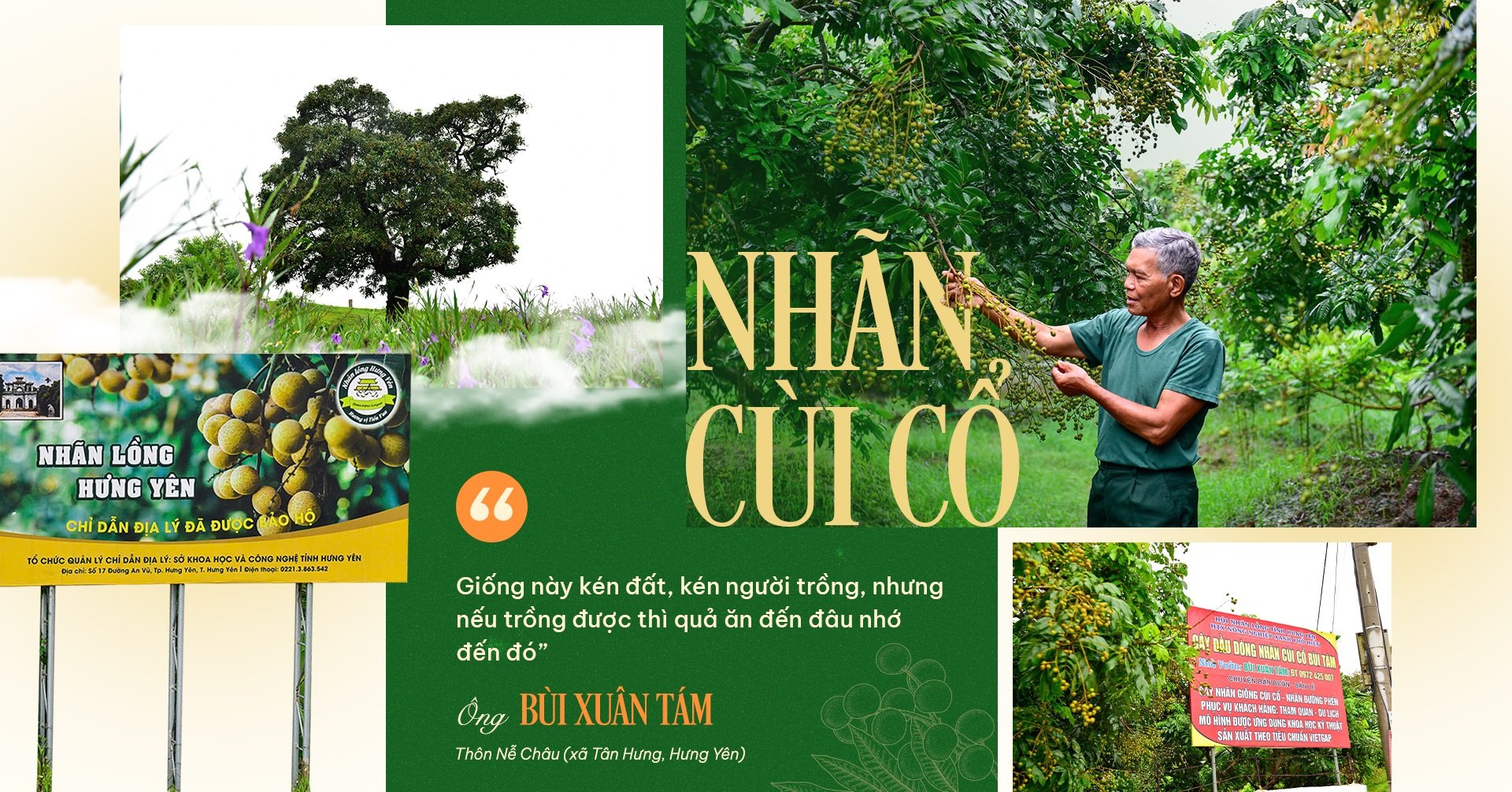


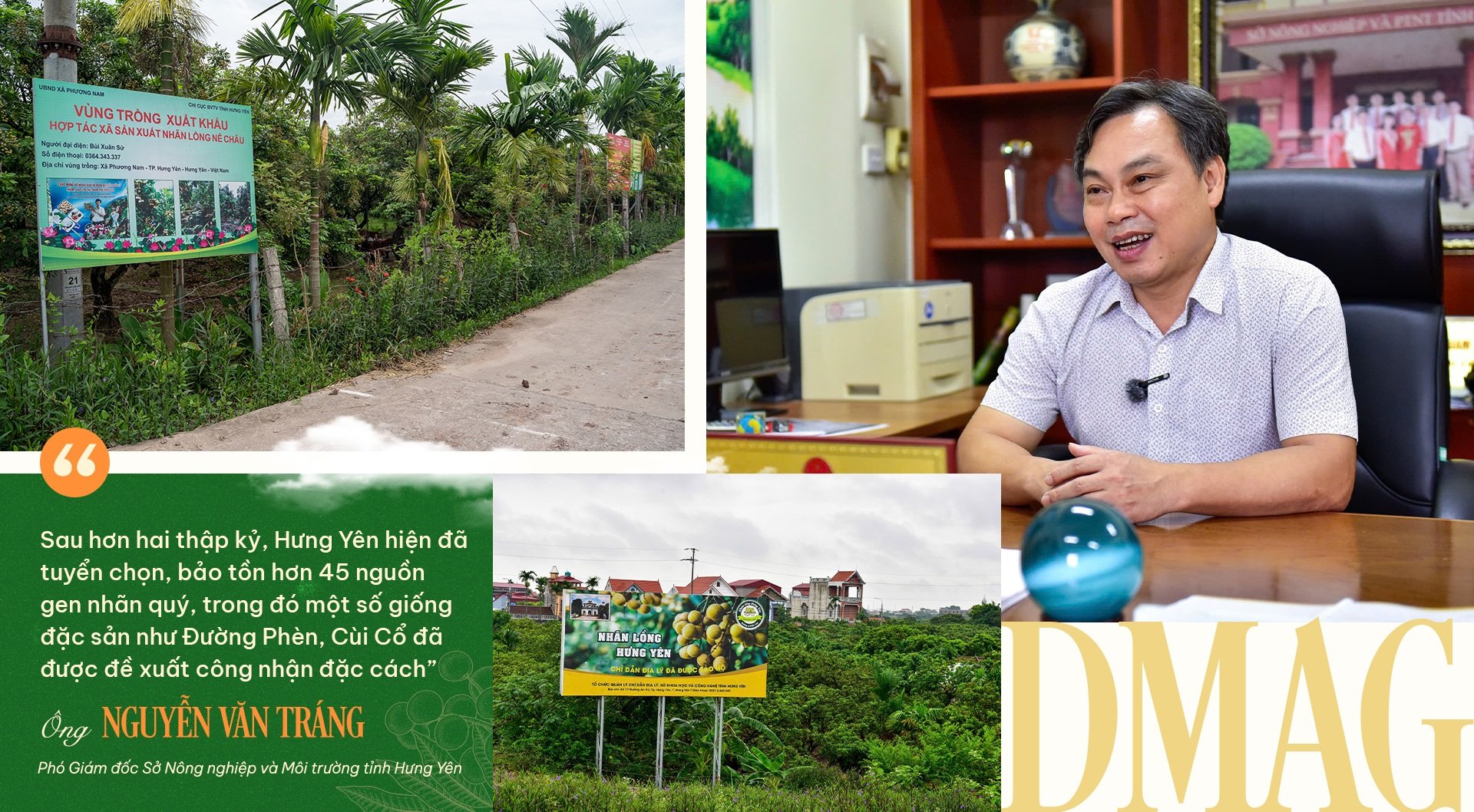
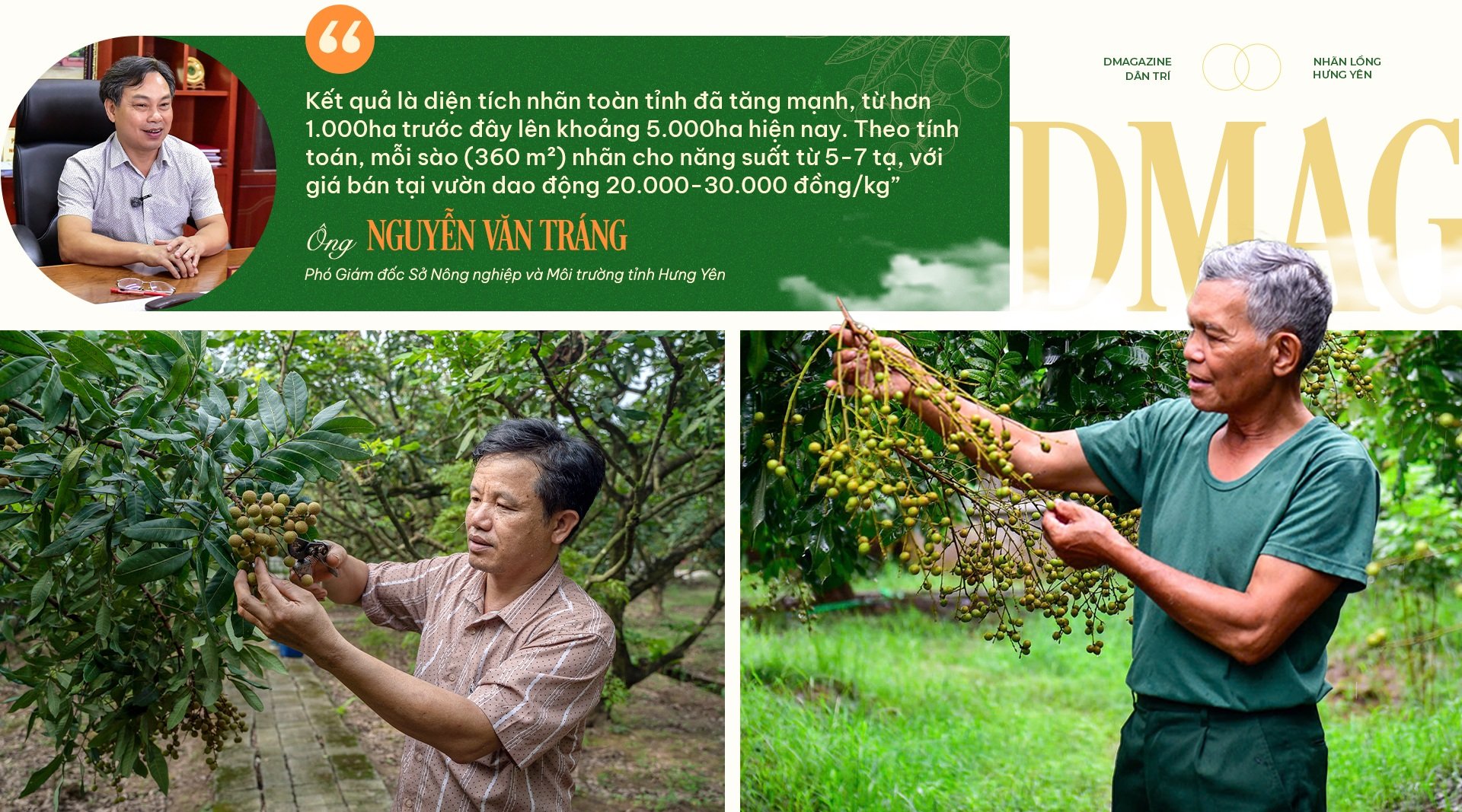

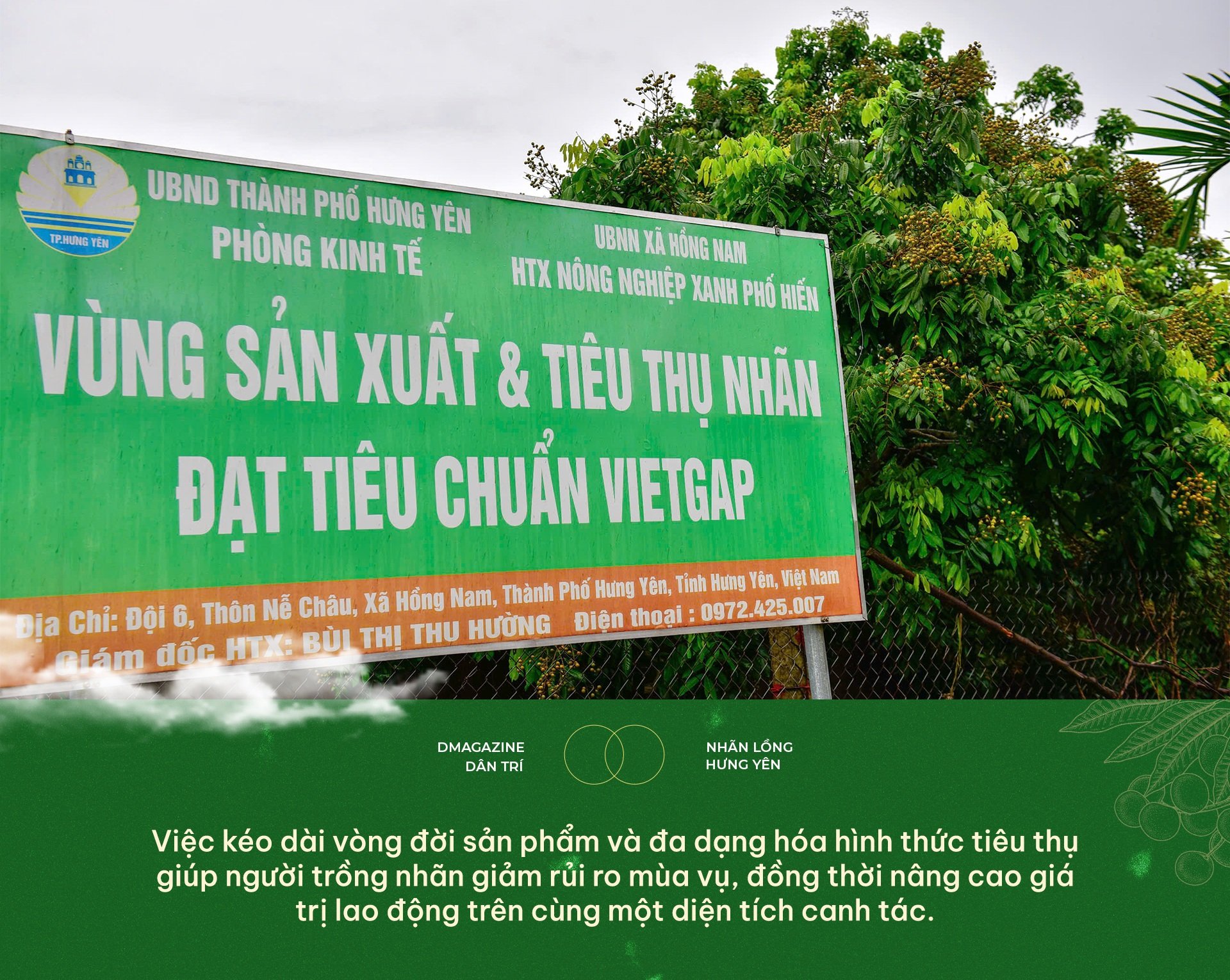

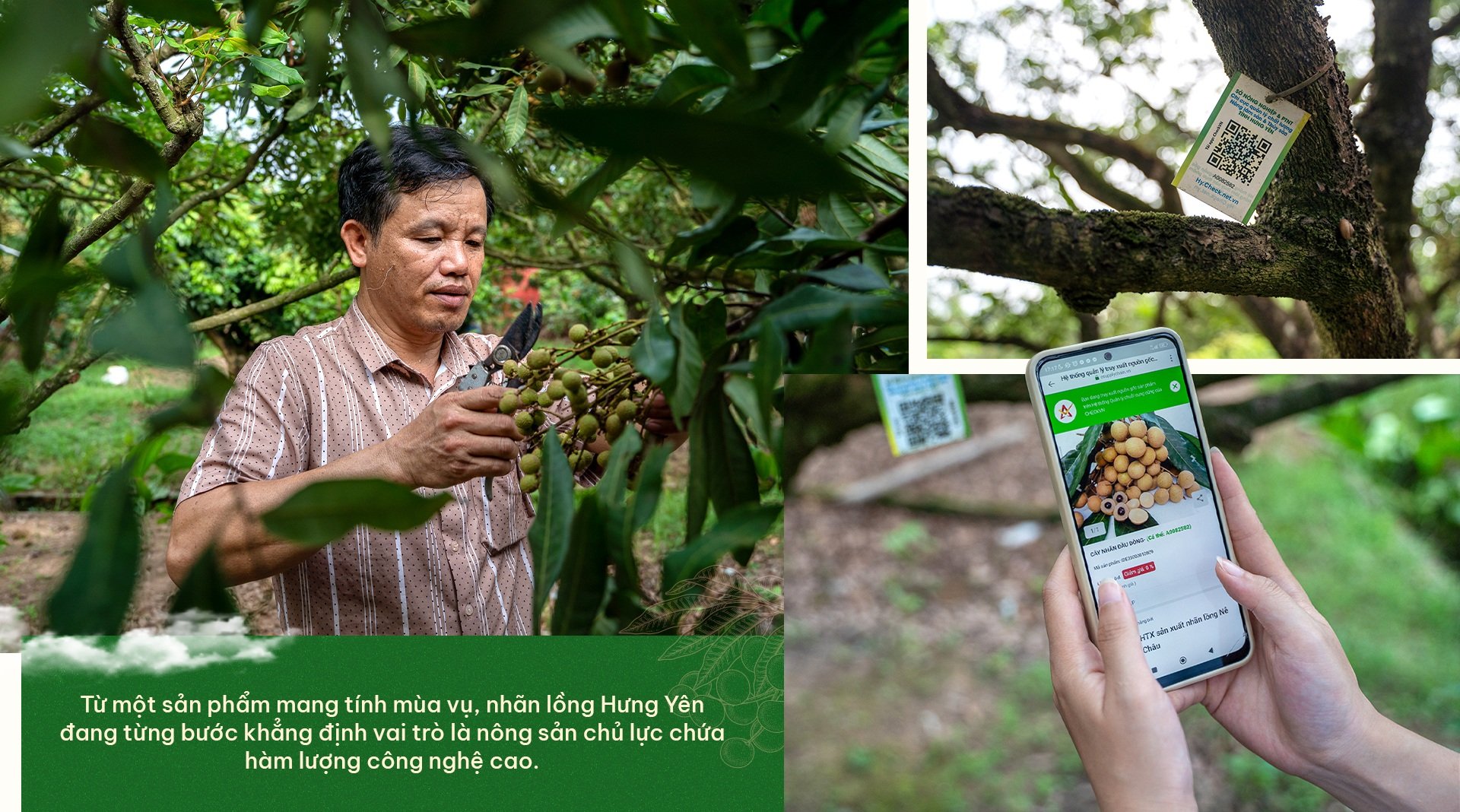

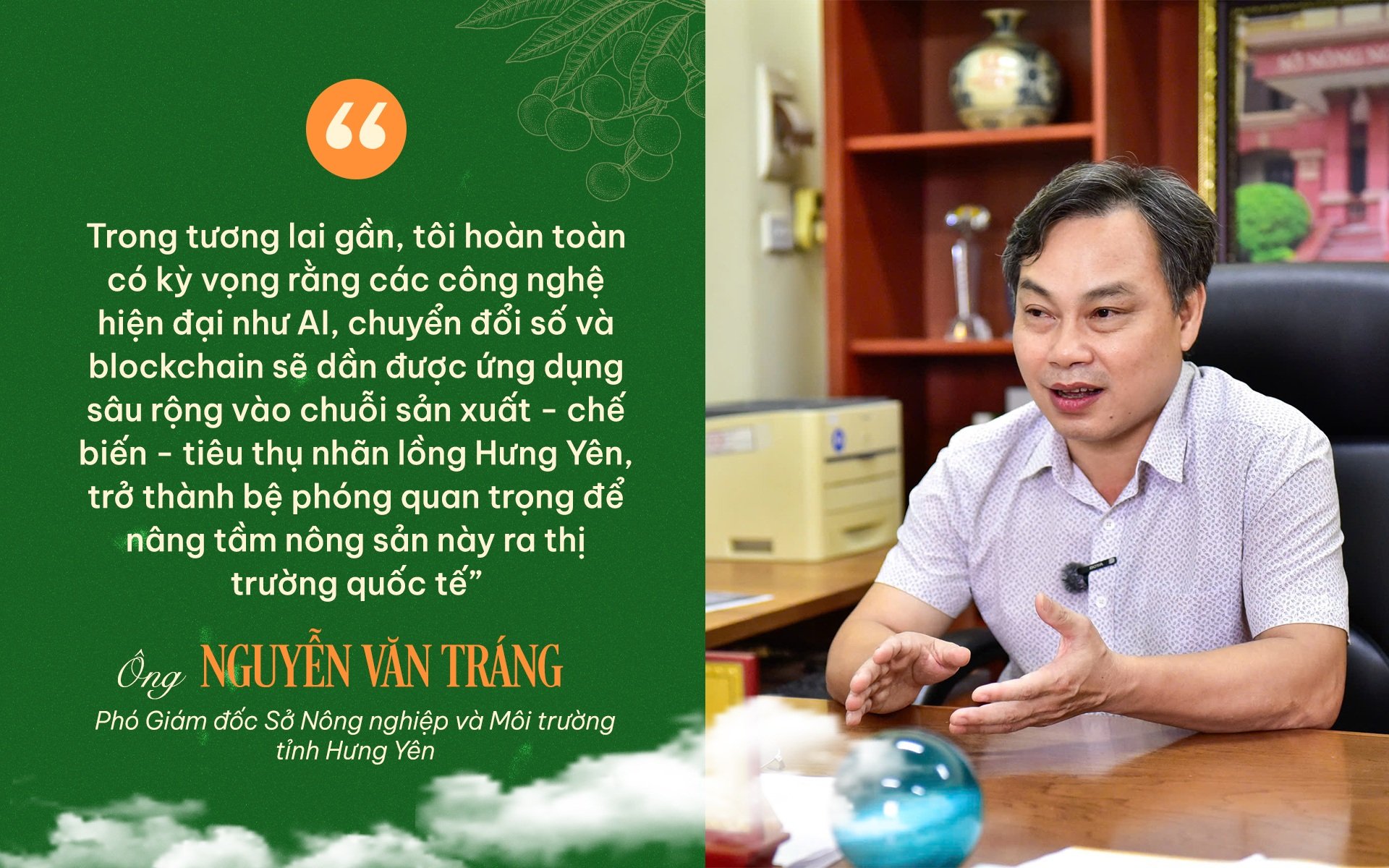
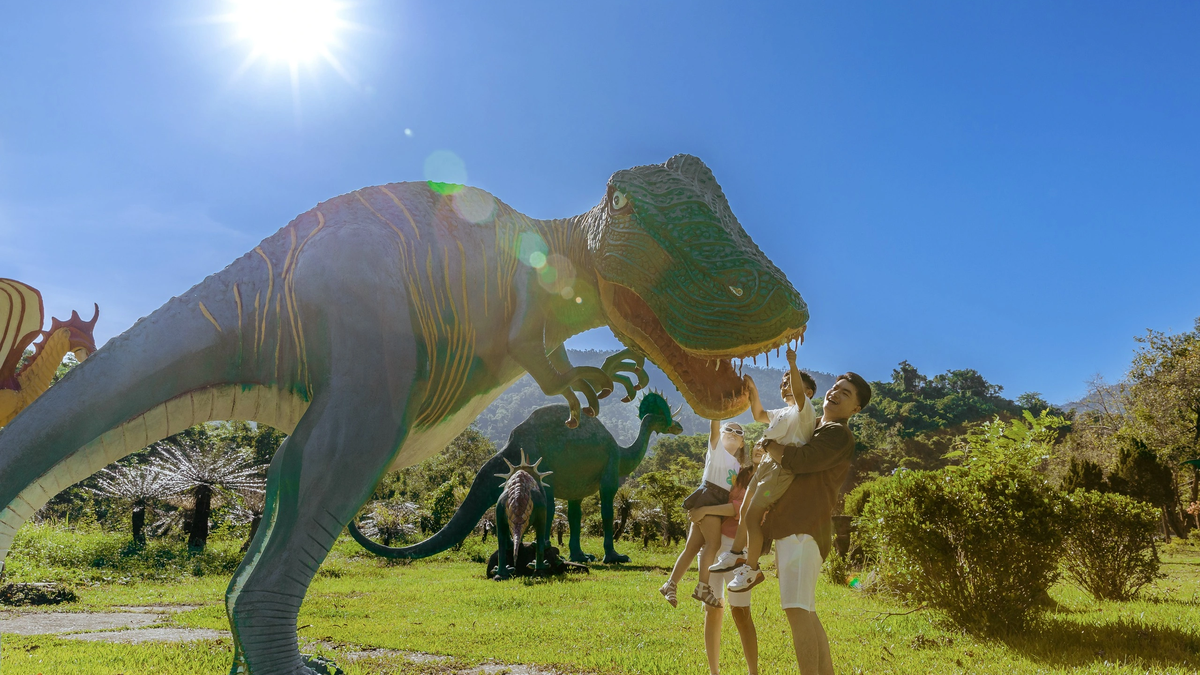
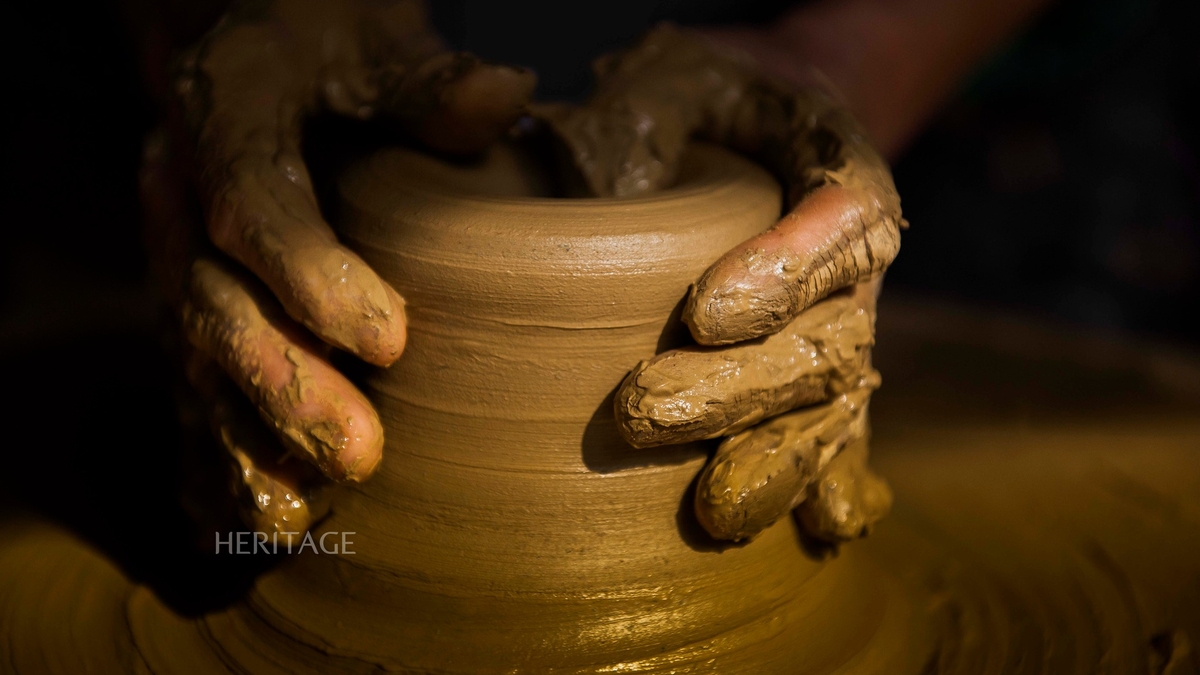

![[Photo] Closing ceremony of the 18th Congress of Hanoi Party Committee](https://vphoto.vietnam.vn/thumb/1200x675/vietnam/resource/IMAGE/2025/10/17/1760704850107_ndo_br_1-jpg.webp)
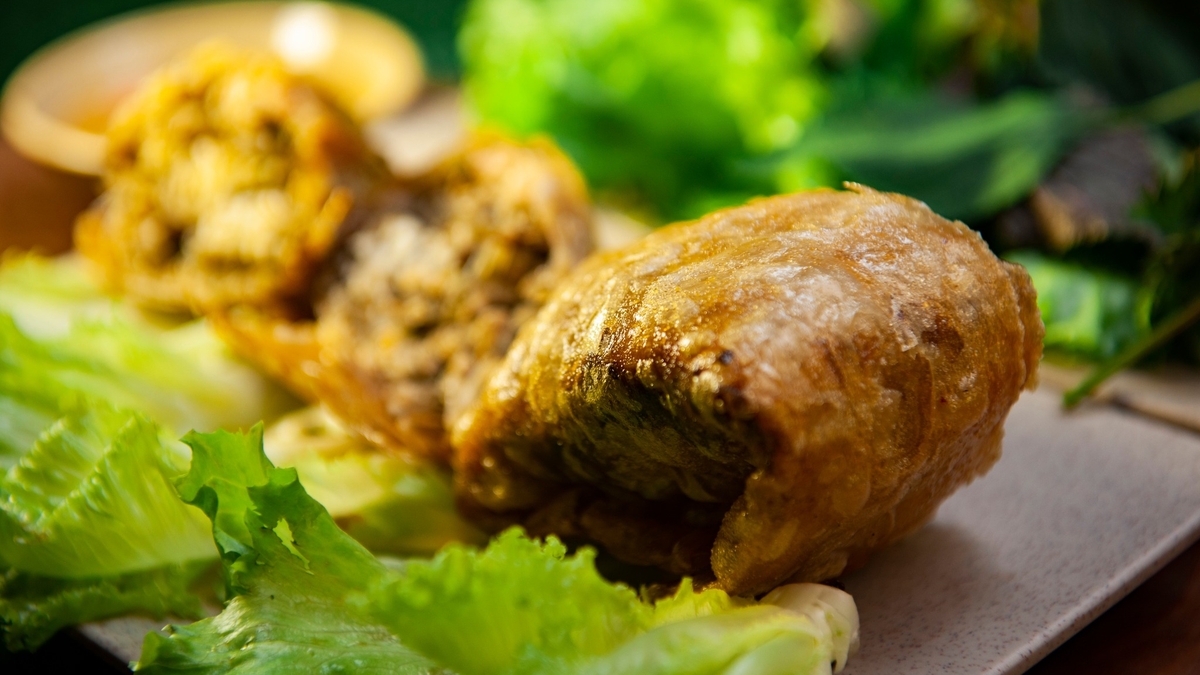
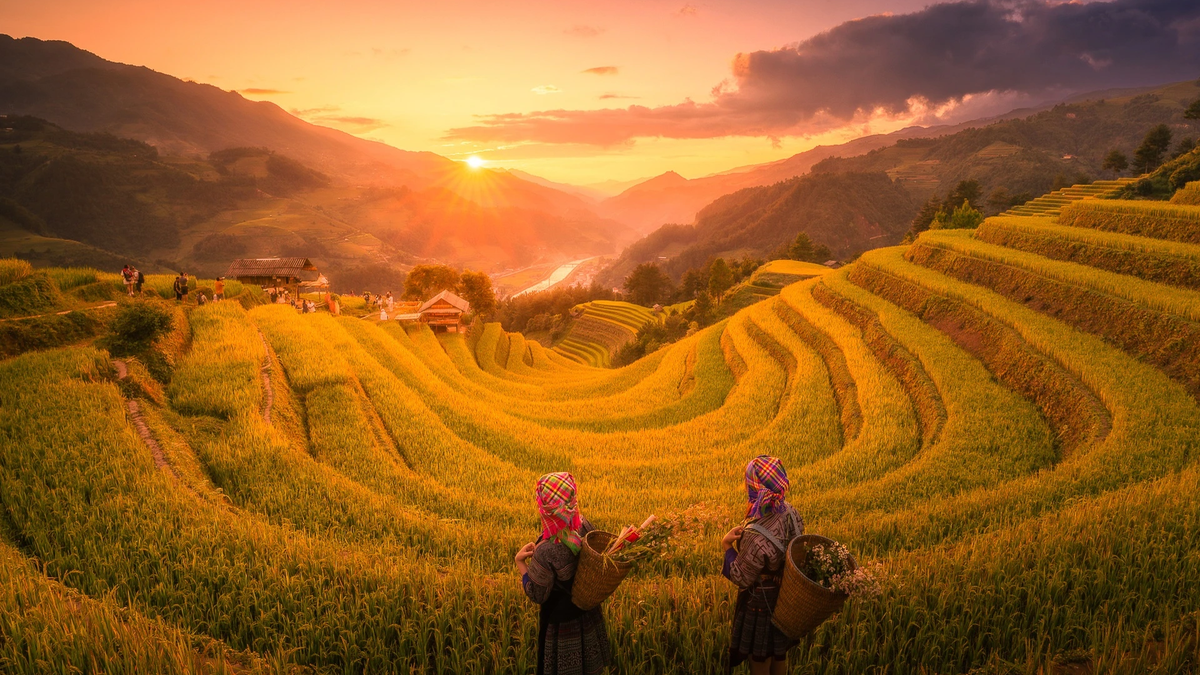




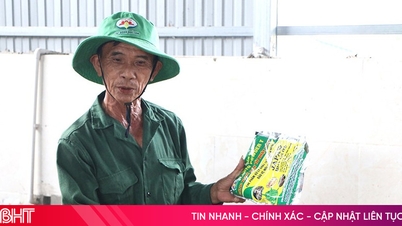

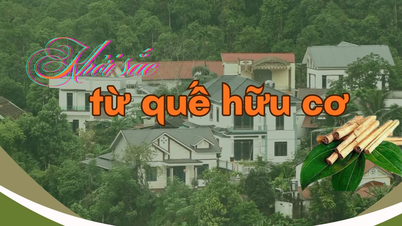



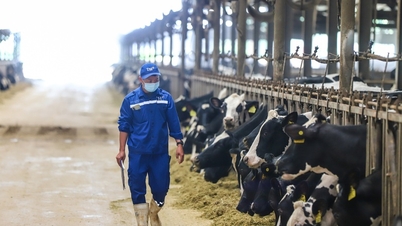



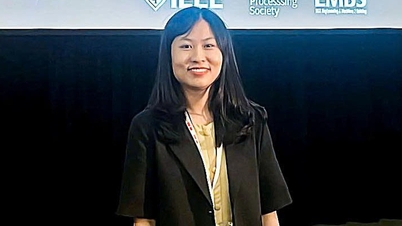



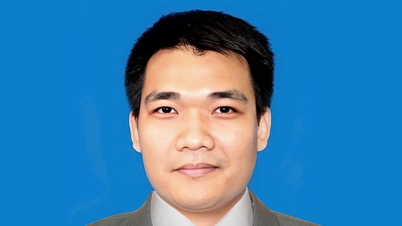

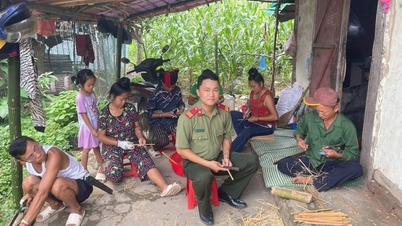




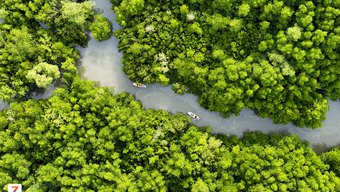
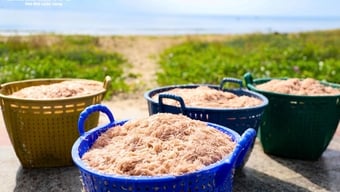

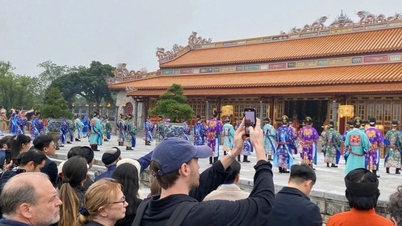
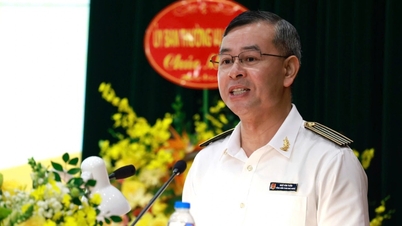

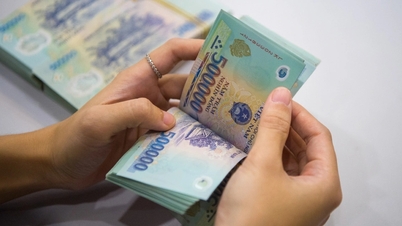
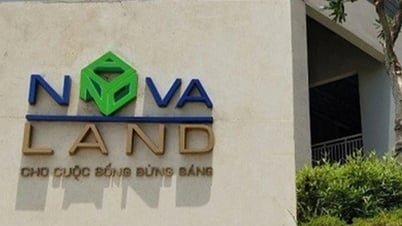
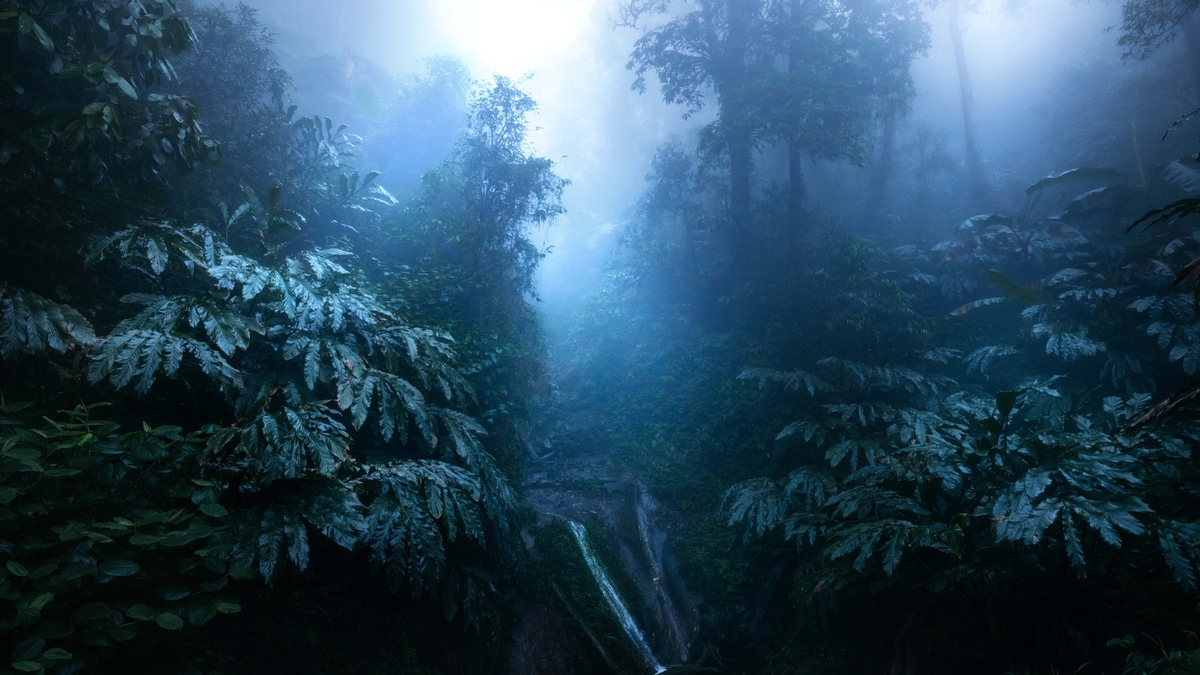
![[Photo] Nhan Dan Newspaper launches “Fatherland in the Heart: The Concert Film”](https://vphoto.vietnam.vn/thumb/1200x675/vietnam/resource/IMAGE/2025/10/16/1760622132545_thiet-ke-chua-co-ten-36-png.webp)

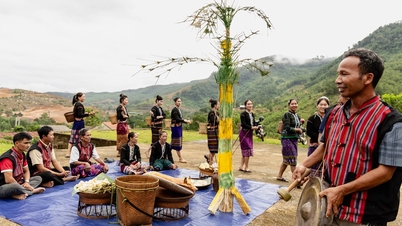

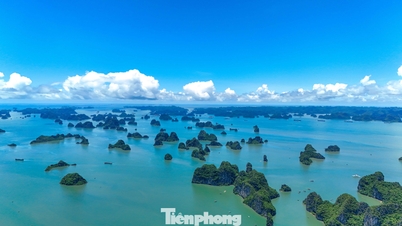

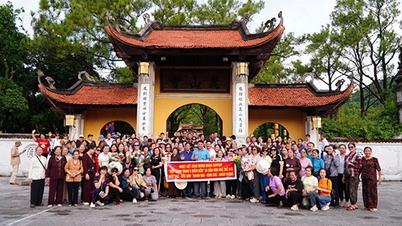





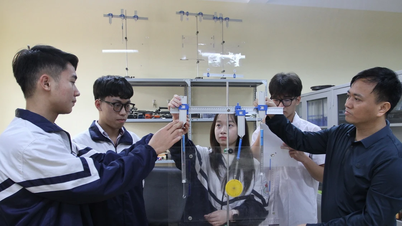

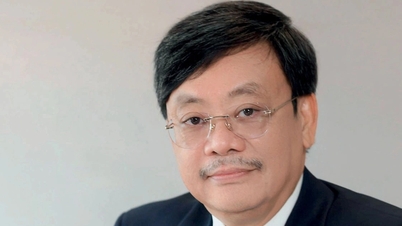


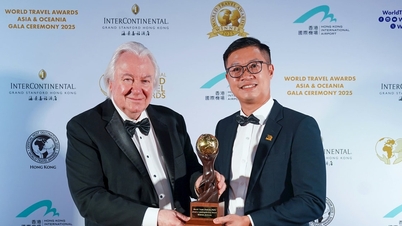

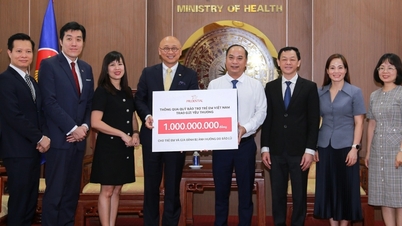
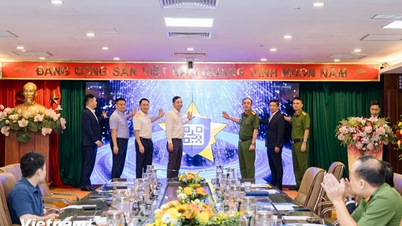
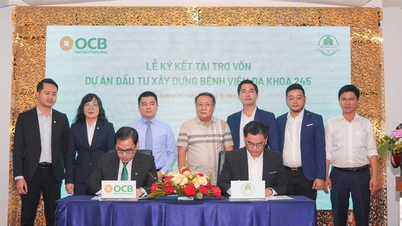

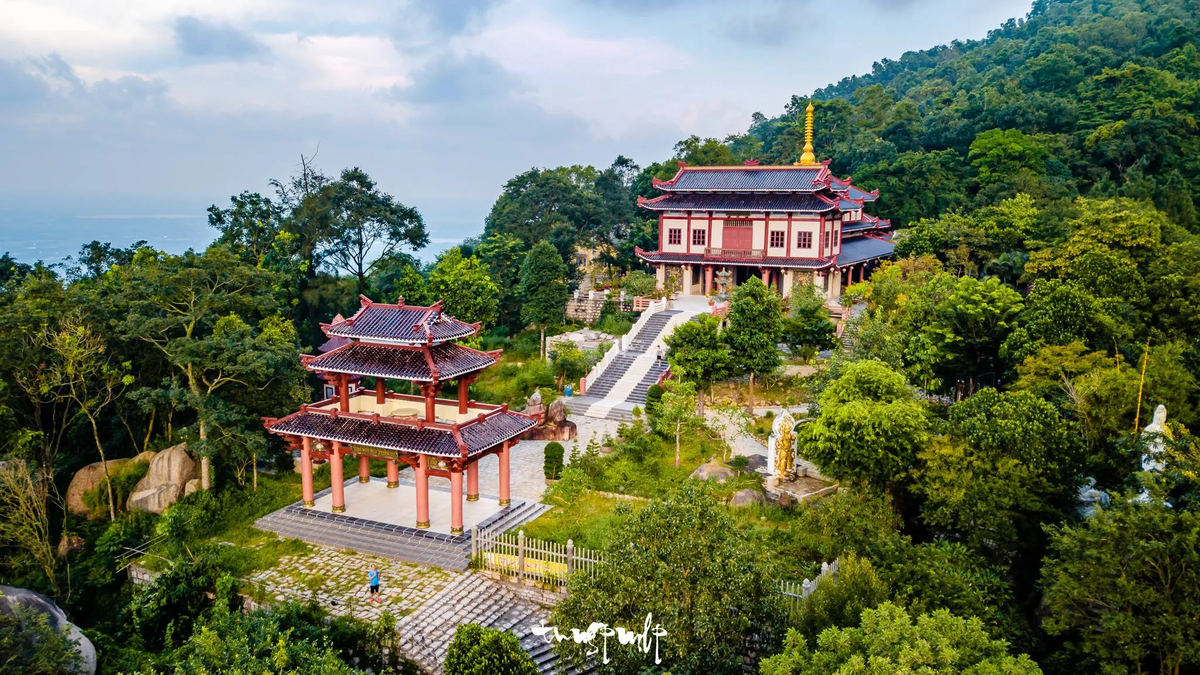
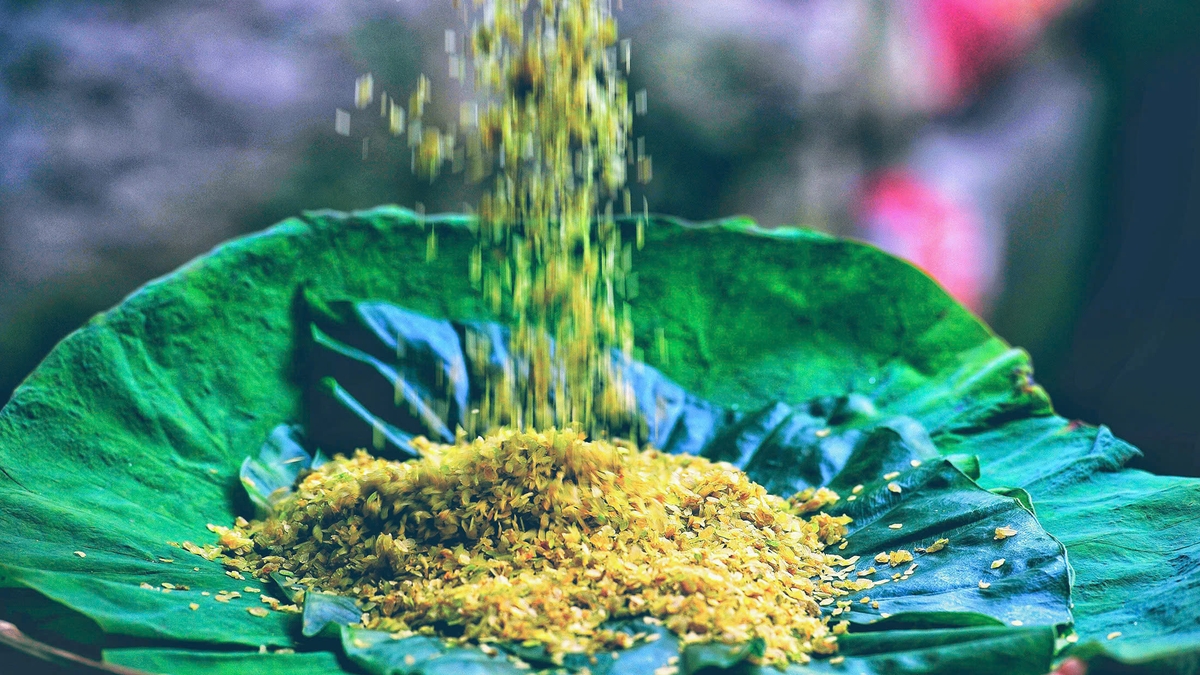
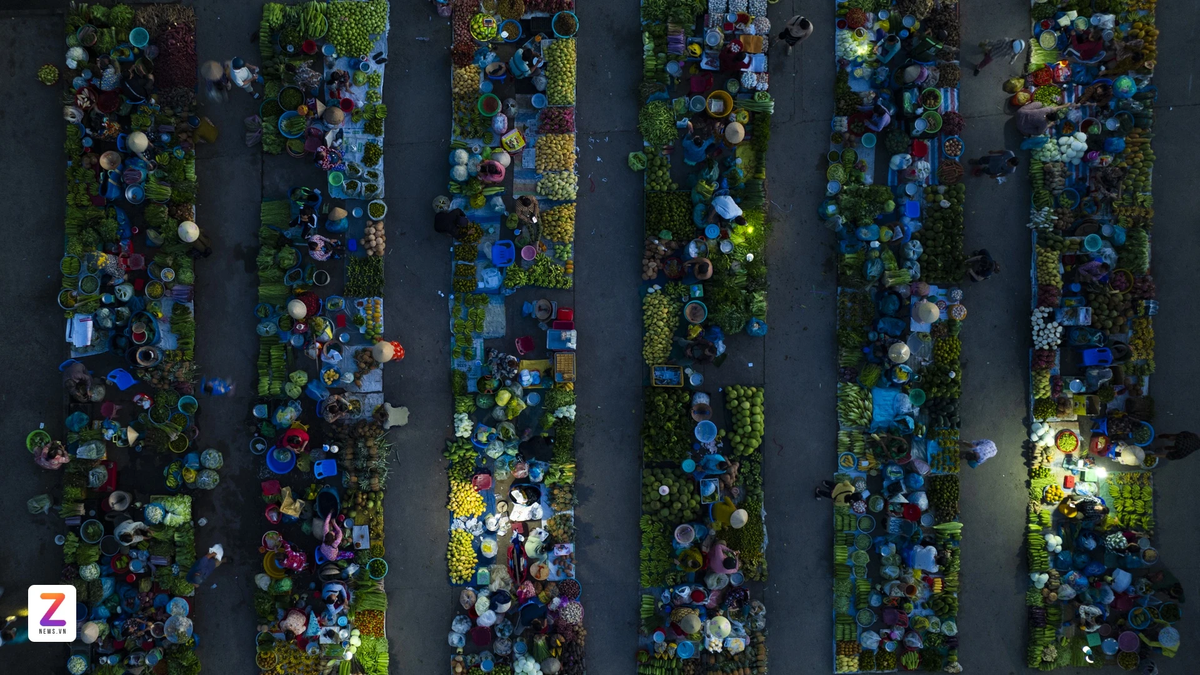
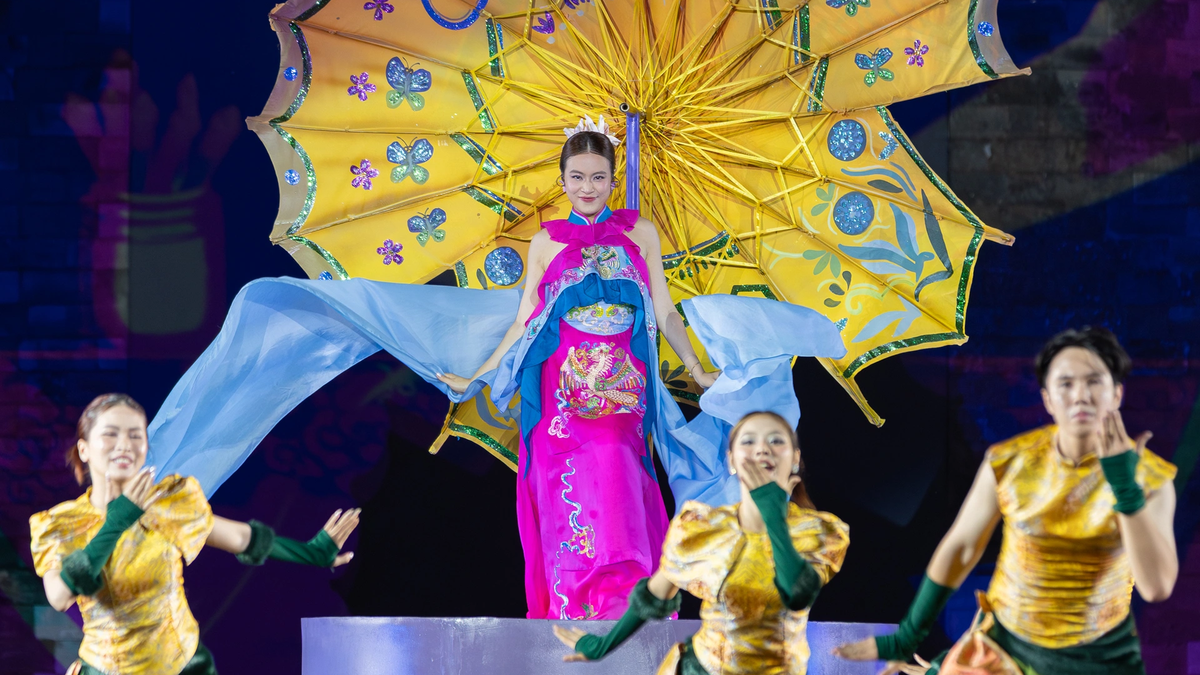

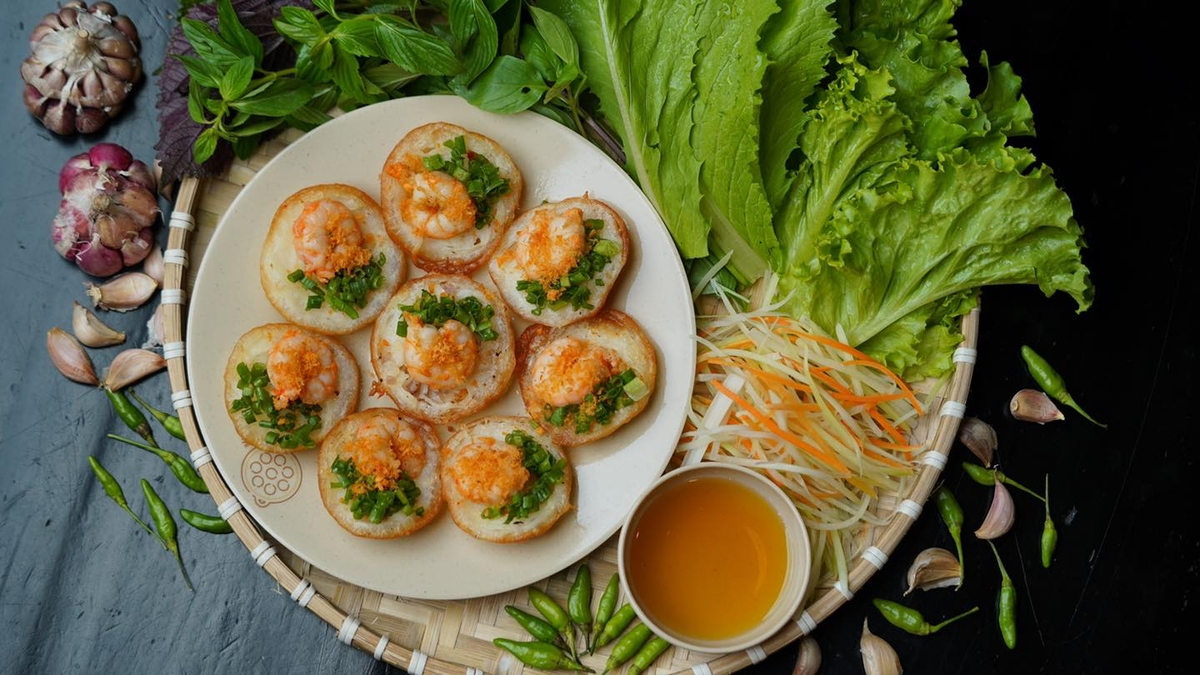






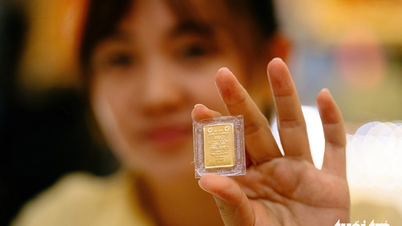
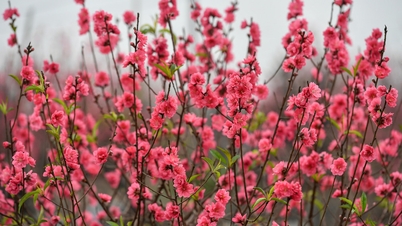

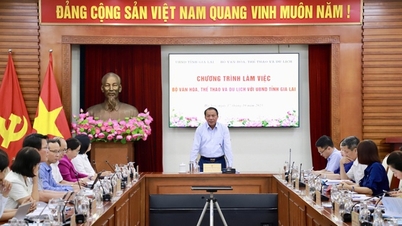
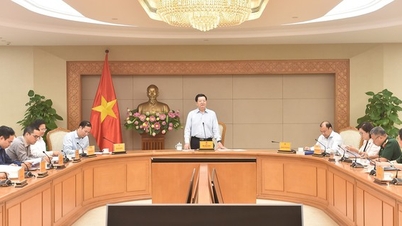
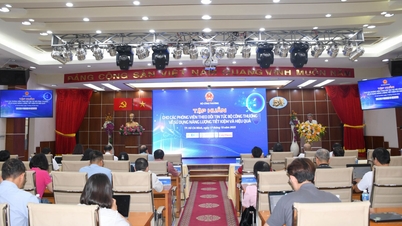

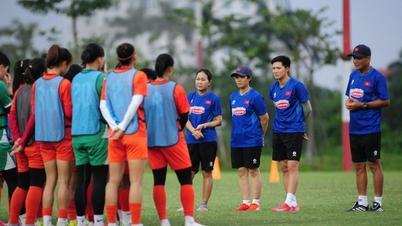

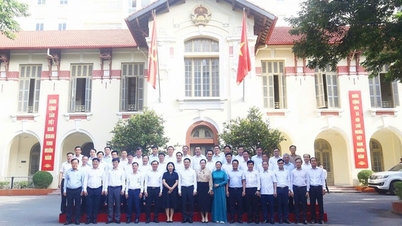

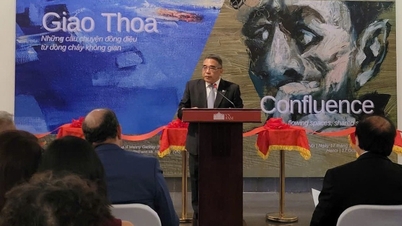

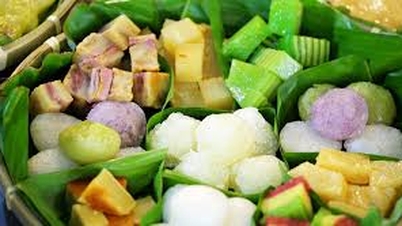

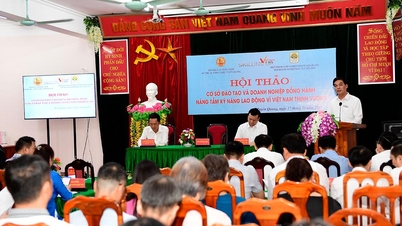

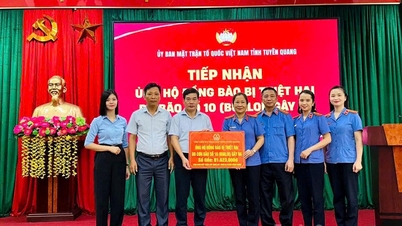
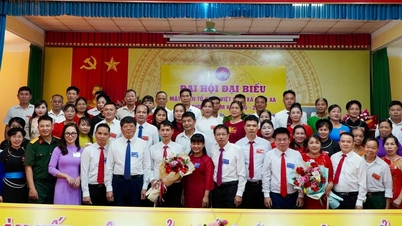
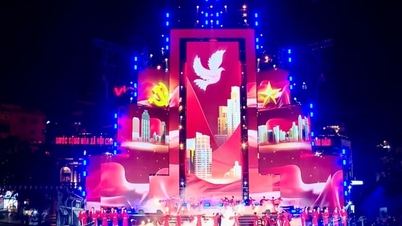

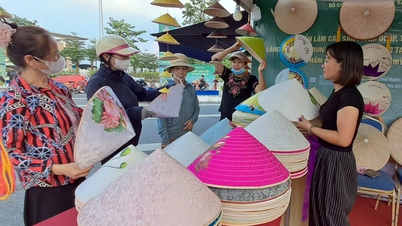
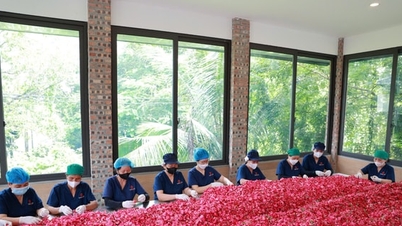
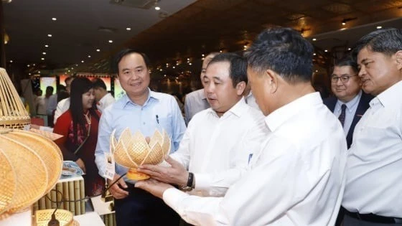
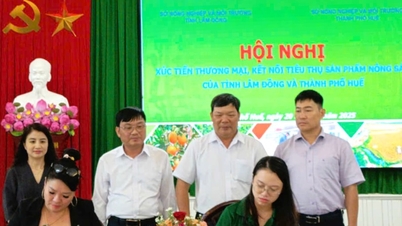

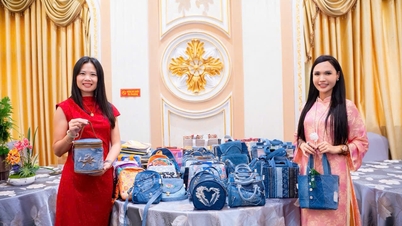





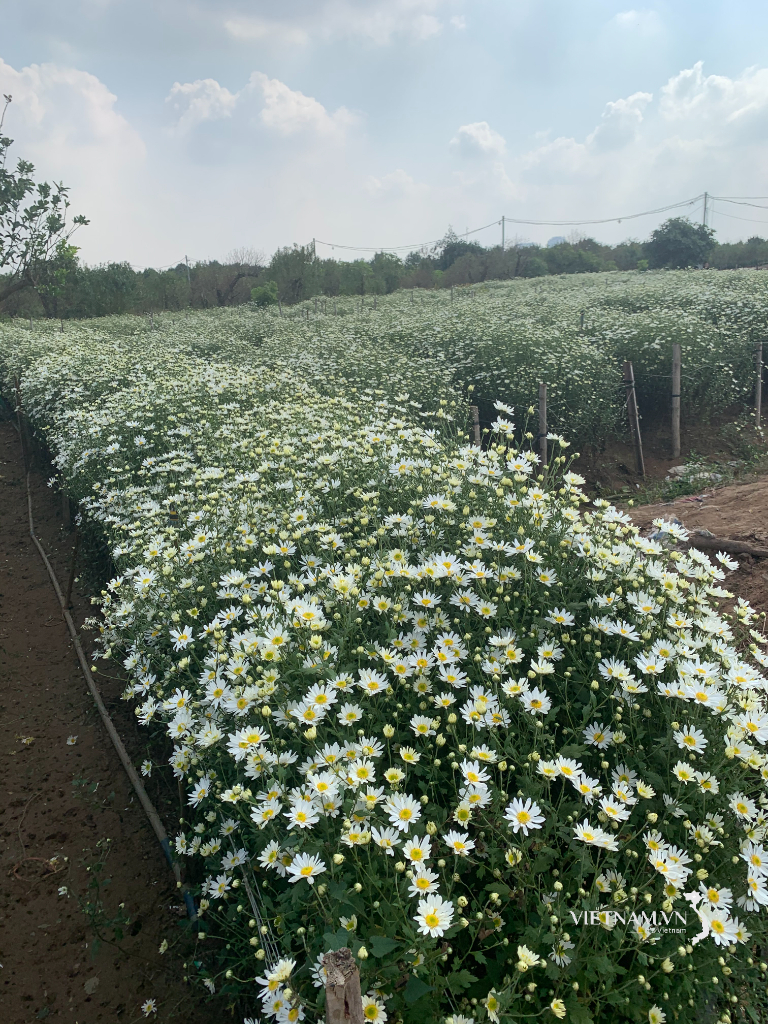
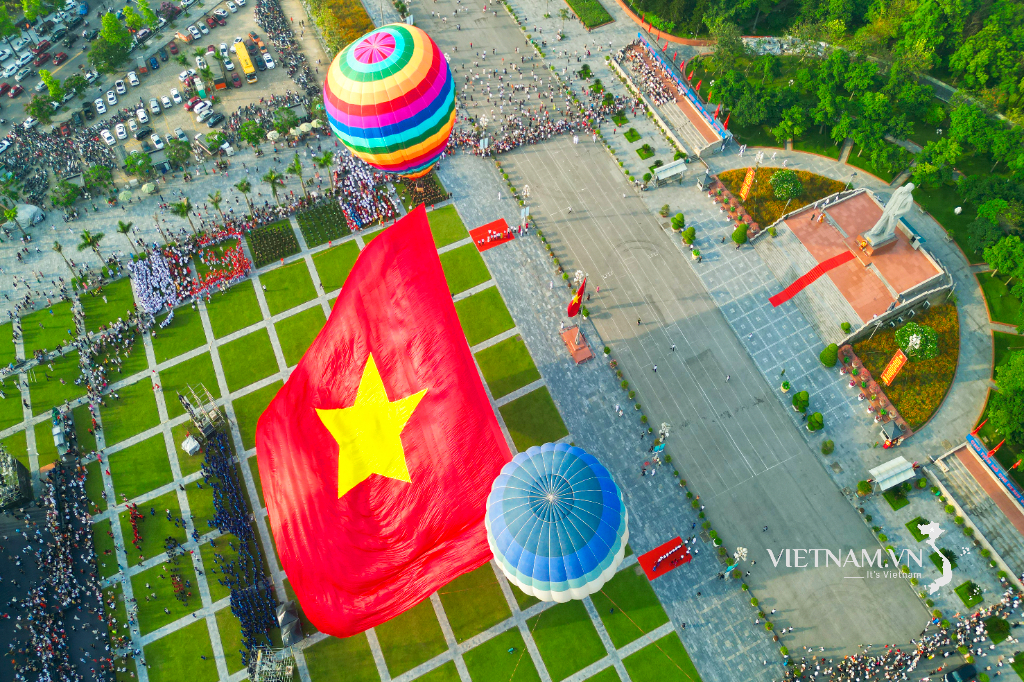
Comment (0)